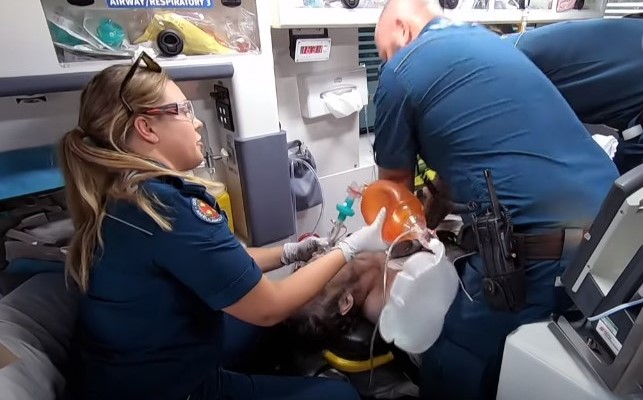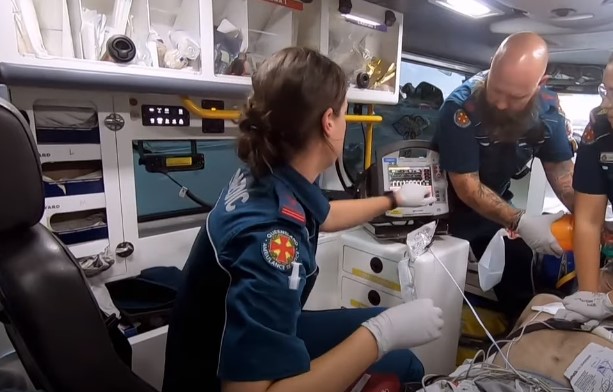Discovering the cost of saving a life is a critical and complex analysis. From medical interventions to humanitarian efforts, various factors contribute to the financial implications.
This article will explore key aspects affecting the price of saving lives and shed light on the ethical and economic considerations involved.
How Much Does It Cost to Save a Life?
The cost to save a life can vary significantly depending on the context and specific intervention. In low-income countries, basic healthcare measures like vaccinations and mosquito nets may range from $2,000 to $5,000 per life saved.
However, for advanced medical procedures or research, costs can reach hundreds of thousands or even millions of dollars per life saved. Additionally, humanitarian efforts in crises may entail costs between $10,000 to $100,000 per life saved.
It’s essential to consider the context and the scope of the intervention when estimating the cost of saving a life.

Why is It So Expensive to Save Lives?
Saving lives is a noble and crucial endeavor, but the costs associated with it can be staggering. Various factors contribute to the high expenses involved in efforts to preserve human life.
Understanding these reasons is essential for making informed decisions and improving global healthcare and humanitarian interventions.
Advancements in Medical Technology and Research
The continuous progress in medical technology and research has revolutionized healthcare. While these advancements have undoubtedly led to more effective treatments and improved outcomes, they often come at a hefty price.
Cutting-edge medical equipment, innovative pharmaceuticals, and advanced surgical procedures drive up the cost of healthcare significantly. Moreover, the research and development involved in creating new treatments and therapies demand substantial financial investment.
Healthcare Infrastructure and Training
Building and maintaining a robust healthcare infrastructure is critical for delivering quality medical services. This includes hospitals, clinics, and healthcare centers equipped with modern facilities and well-trained staff.

The cost of constructing and operating such facilities, along with the expenses associated with training healthcare professionals, adds to the overall expense of saving lives.
Access to Healthcare and Geographical Challenges
In many regions, particularly in low-income countries and remote areas, access to healthcare is limited or inadequate. Delivering medical aid to these underserved populations involves overcoming geographical challenges, such as difficult terrains and lack of transportation infrastructure.
The logistics of reaching those in need can drive up costs substantially.
Research and Development Costs
Medical breakthroughs often result from years of research and rigorous testing. Funding research projects and clinical trials can be an expensive undertaking. These costs are eventually incorporated into the price of the treatments and interventions, contributing to the overall expense of saving lives.
Emergency and Humanitarian Interventions
In crises, such as natural disasters or conflict zones, emergency and humanitarian interventions are required to save lives and alleviate suffering. Rapid response efforts and delivering aid to affected areas come with logistical challenges and security risks, leading to higher costs.
What Are the Financial Implications of Saving a Life?
Saving a life is a profound and invaluable outcome, but it also carries significant financial implications. Understanding these financial aspects is essential for policymakers, healthcare professionals, and humanitarian organizations to make informed decisions and prioritize resources effectively.

Direct Medical Costs
The direct medical costs associated with saving a life can be substantial. These costs encompass various healthcare services, including diagnostics, treatments, surgeries, medications, and post-treatment care.
Advanced medical technologies and specialized interventions often come with high price tags, impacting the overall cost of saving a life.
Healthcare Infrastructure and Resources
Establishing and maintaining a robust healthcare infrastructure is essential for effective life-saving interventions. This includes investing in hospitals, clinics, medical equipment, and well-trained healthcare professionals.
Expanding and sustaining such infrastructure requires significant financial resources and long-term commitment.
Research and Development Investment
Innovative medical breakthroughs and life-saving treatments often result from extensive research and development efforts. Funding these projects, including clinical trials and drug development, demands substantial investment.
The costs associated with research and development are reflected in the final prices of medical interventions.
Long-Term Care and Rehabilitation
In many cases, saving a life involves providing long-term care and rehabilitation to patients. For individuals who have suffered severe injuries or chronic illnesses [1], ongoing medical support and therapy are necessary to ensure a successful recovery.
These long-term care expenses add to the financial implications of life-saving efforts.
Conclusion
The cost of saving a life varies significantly depending on the intervention and context. From basic healthcare measures in low-income countries to advanced medical treatments and humanitarian efforts, the expenses can range from thousands to millions of dollars.
Understanding these costs is crucial for informed decision-making and ensuring accessible life-saving interventions.

